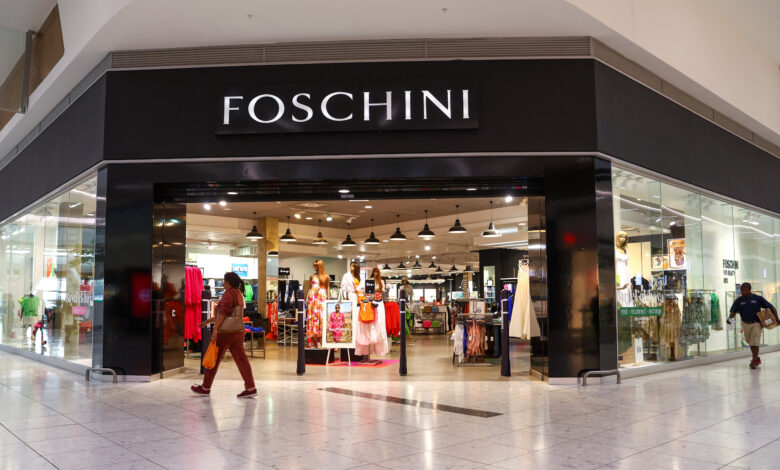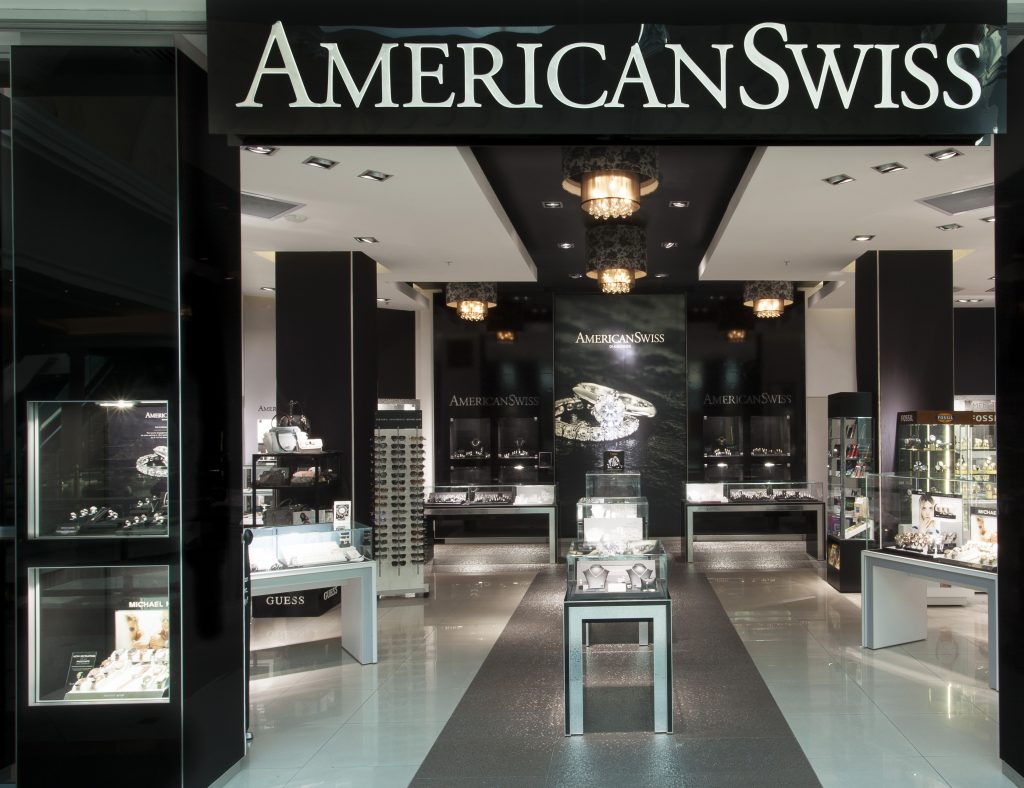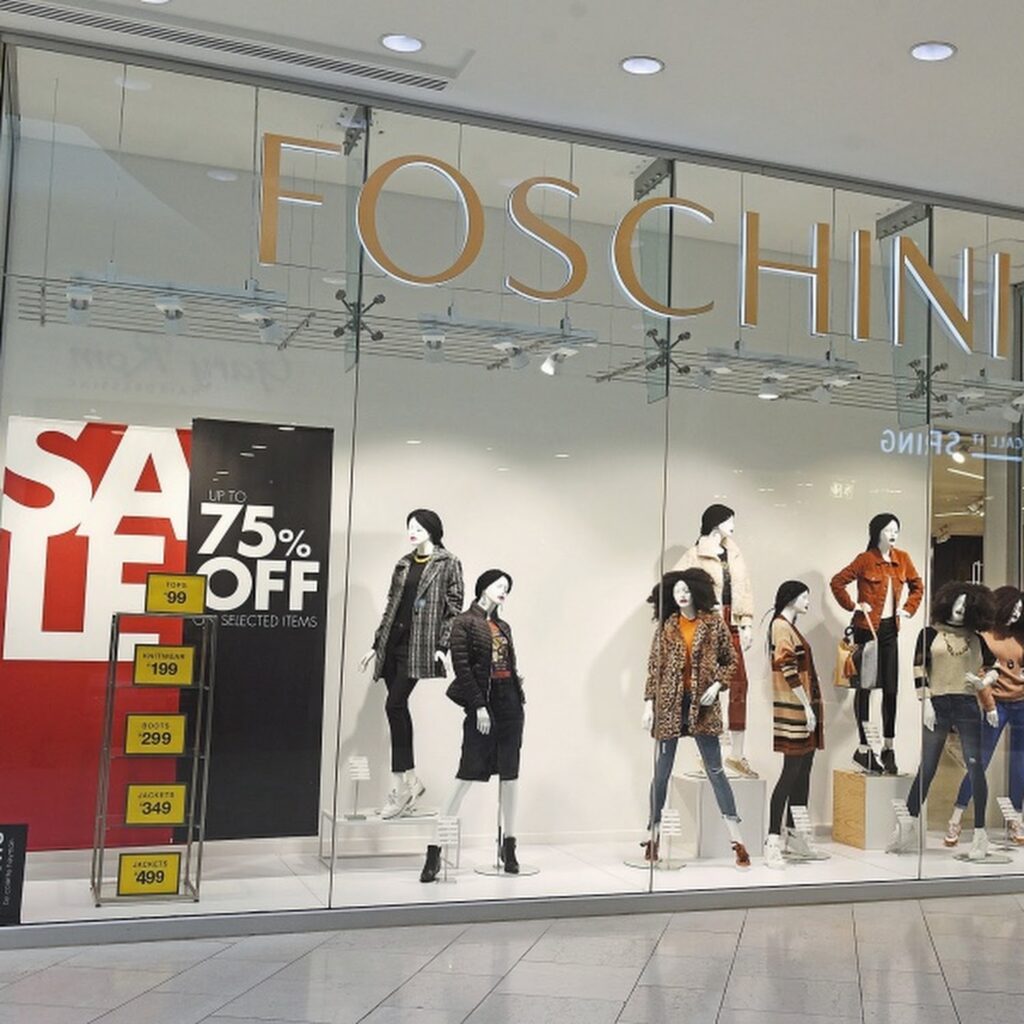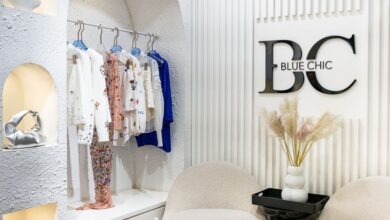10 Strategic Moves That Propelled The Foschini Group to Fashion Dominance

10 Strategic Moves That Propelled The Foschini Group to Fashion Dominance. The Foschini Group (TFG) has evolved from a single store in 1924 to a global fashion powerhouse, boasting a diverse portfolio of 37 brands and over 4,700 outlets. This remarkable journey is marked by strategic decisions and pivotal moments that offer valuable lessons for aspiring entrepreneurs.
Founding and Early Vision
TFG’s inception in 1924 laid the foundation for its future success. The founders’ commitment to providing quality merchandise to targeted markets established a customer-centric approach that remains central to TFG’s operations.
Lesson: A clear vision and dedication to customer satisfaction are crucial from the outset.

Going Public
Listing on the Johannesburg Stock Exchange provided TFG with capital to expand and increased its market visibility.
Lesson: Accessing public markets can fuel growth and enhance credibility.
Strategic Acquisitions
TFG’s growth strategy included acquiring established brands to diversify its portfolio:
- American Swiss Watch Company: Entering the jewelry market.
- Markham: Expanding into men’s fashion.
- TotalSports: Venturing into sports retail.
- @home: Launching into homeware.
Lesson: Strategic acquisitions can effectively broaden market reach and diversify offerings.

Brand Development and Launches
TFG demonstrated innovation by developing and launching new brands:
- Fashion Express: Catering to budget-conscious consumers.
- DueSouth: Targeting the outdoor lifestyle market.
- Luella: Focusing on women’s footwear and accessories.
Lesson: Creating niche brands can capture specific market segments.
Embracing Omnichannel Retailing
TFG invested in an omnichannel approach, integrating physical stores with online platforms to enhance customer convenience and expand market reach.
Lesson: Adapting to technological advancements and consumer preferences is essential for modern retail success.
Geographic Expansion
TFG expanded beyond South Africa into international markets, increasing its global footprint and diversifying revenue streams.
Lesson: Entering new markets can mitigate risks and open growth opportunities.
Sustainability Commitment
TFG supports the United Nations Sustainable Development Goals, focusing on decent work, economic growth, industry innovation, and responsible consumption.
Lesson: Aligning with global sustainability initiatives enhances brand reputation and ensures long-term viability.

Adaptation and Resilience
Throughout its history, TFG has navigated economic downturns and market shifts by adapting strategies and maintaining a resilient corporate culture.
Lesson: Flexibility and resilience are vital in overcoming challenges and sustaining growth.
Focus on Employee Development
With its employees, TFG emphasizes training and development, recognizing that a skilled workforce drives innovation and customer satisfaction
Lesson: Investing in human capital fosters a motivated and capable team.
Customer Loyalty Programs
TFG’s TFGrewards program boasts over 37 million members, enhancing customer retention and providing valuable consumer insights
Lesson: Loyalty programs can deepen customer relationships and inform strategic decisions.

TFG’s ascent to fashion prominence is a testament to strategic planning, adaptability, and a steadfast commitment to its core values. Aspiring entrepreneurs can draw inspiration from TFG’s journey, understanding that success often involves calculated risks, continuous learning, and an unwavering focus on customer needs.




